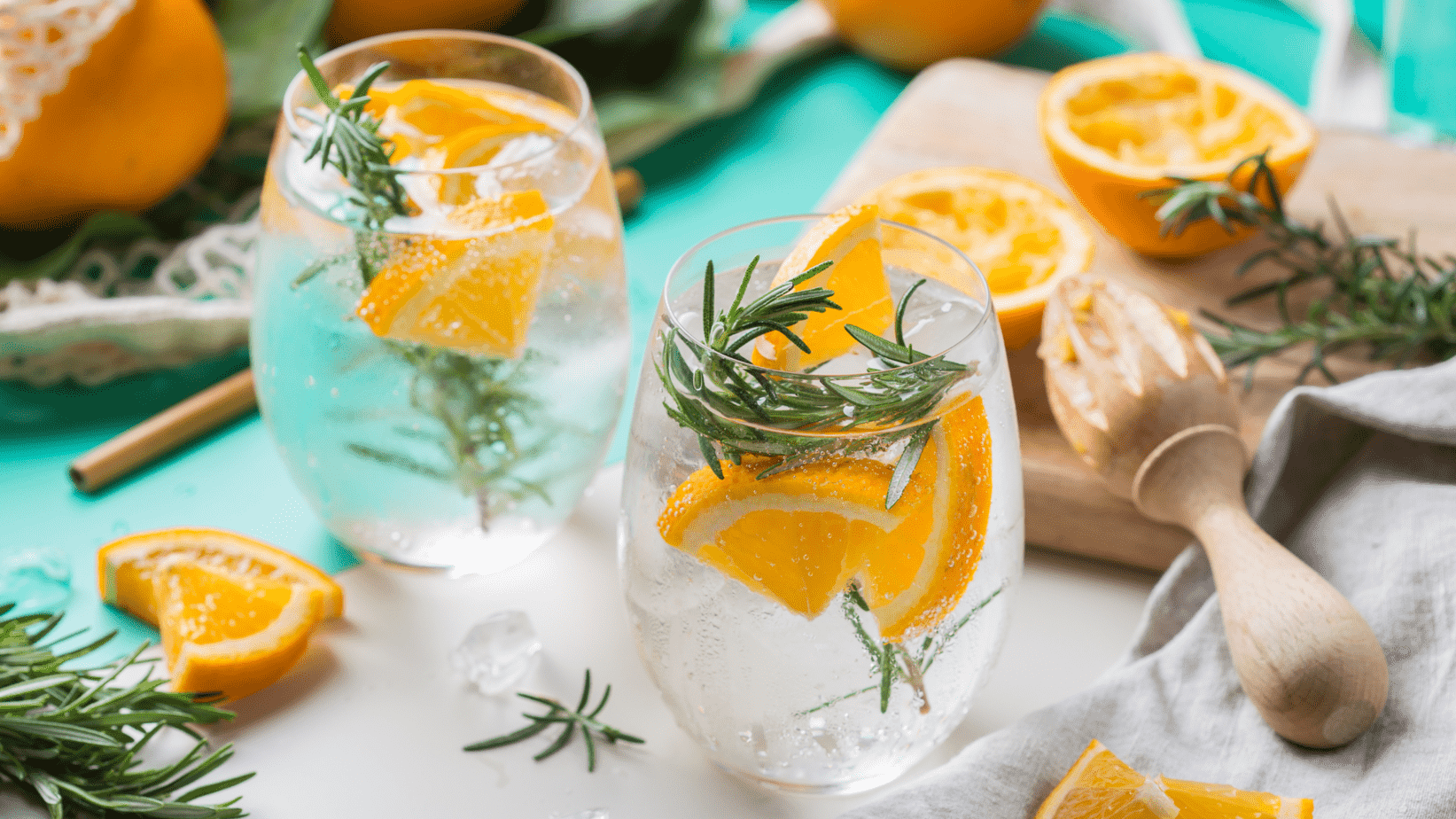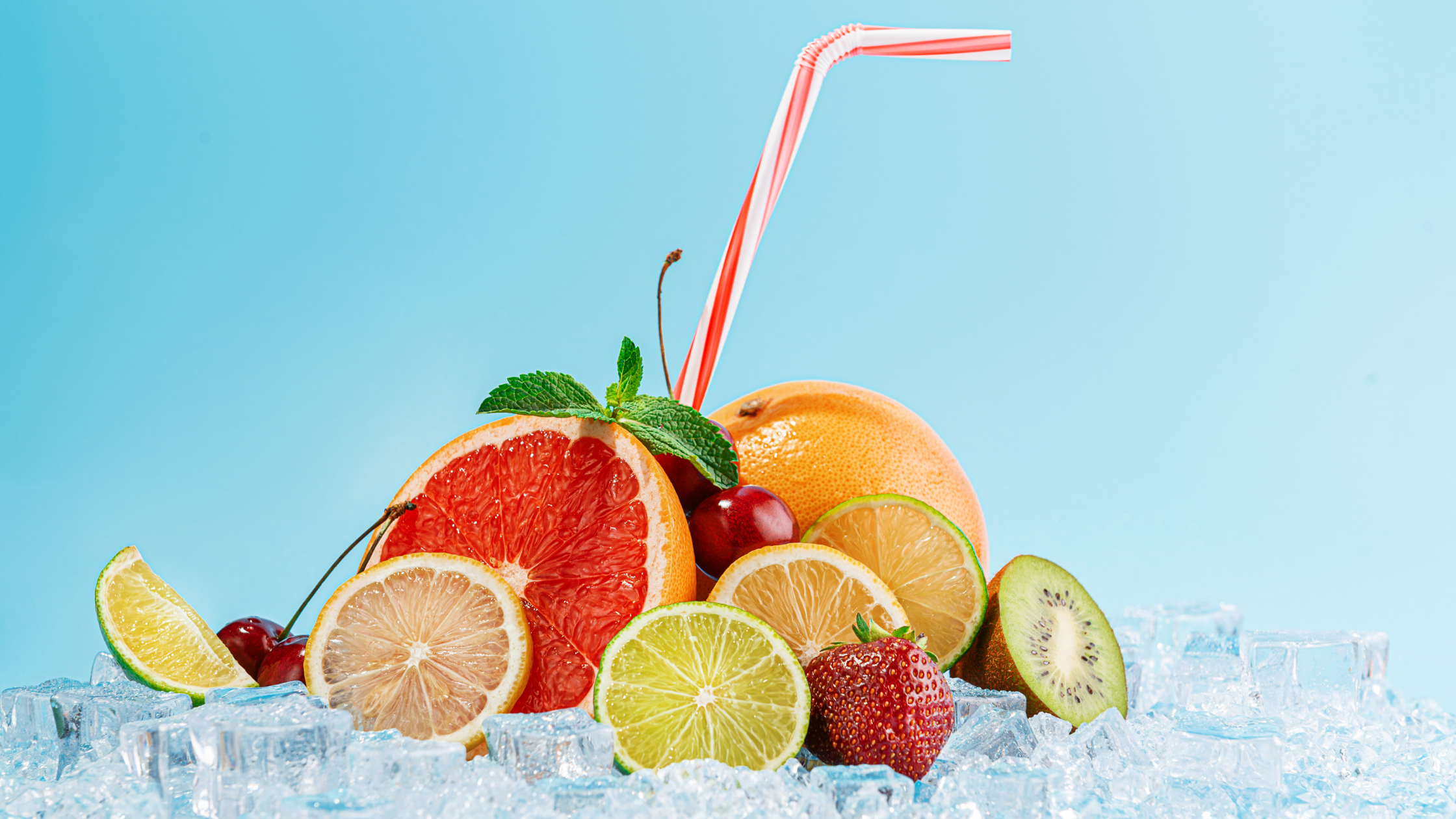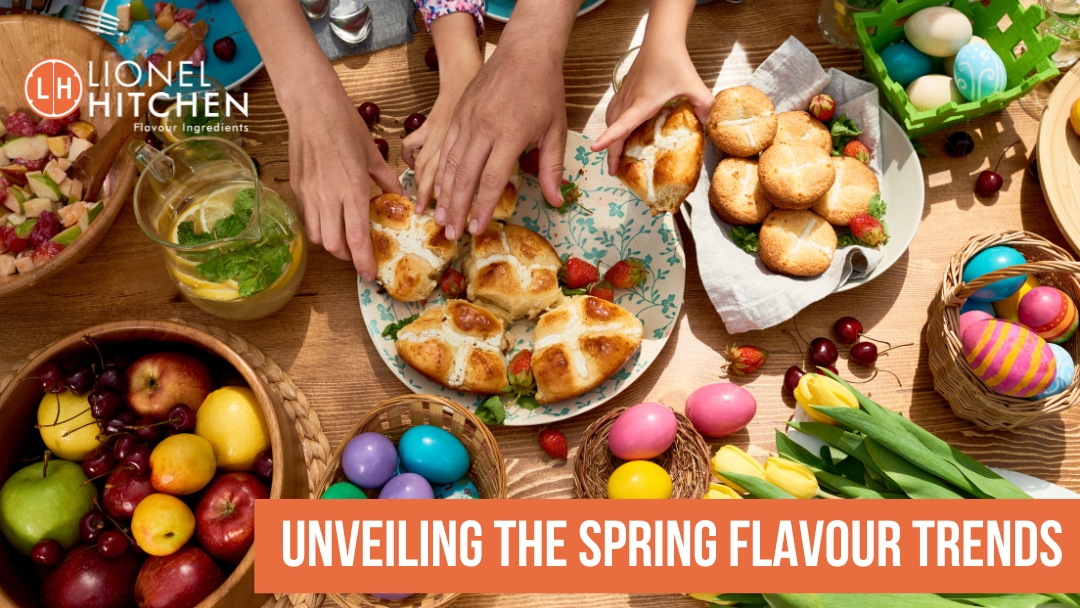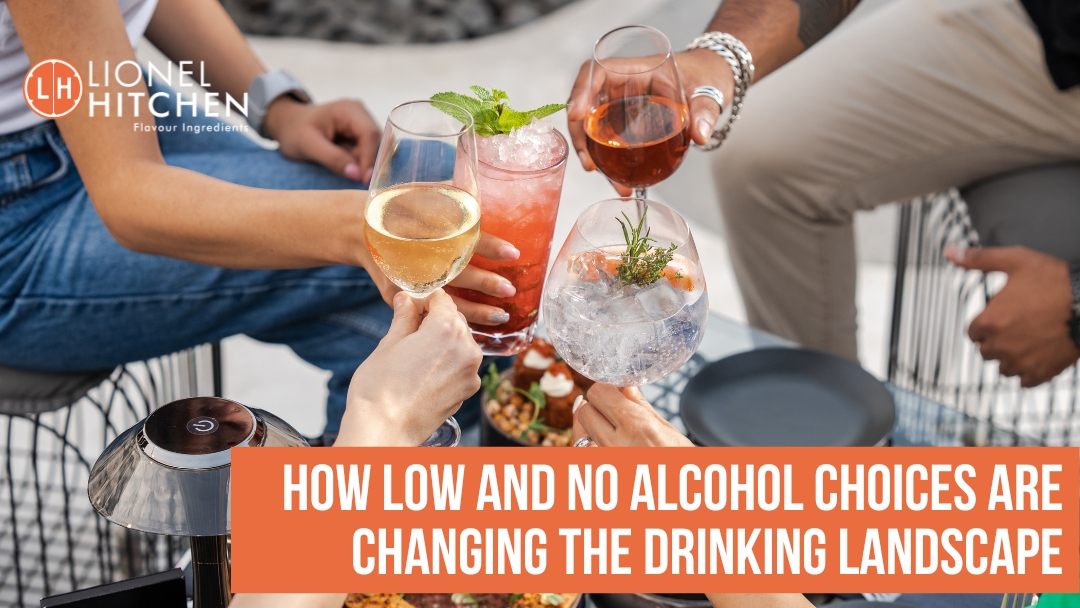The most dominant trend in both alcoholic and non-alcoholic beverages today is refreshment. Demand for beverages that feature refreshing flavours like citrus peak in hotter months when consumers crave refreshing drinks. However, demand remains high throughout the rest of the year as the go-to option to quench our thirst, re-energise and relax.
But when a consumer purchases a product that is marketed as ‘refreshing’, what is the experience they are actually looking for? In this article we explore the 10 top factors consumers associate with refreshment and share the flavour profiles that can help you deliver the refreshment experience.
10 factors that deliver refreshment
At its core, refreshment is about hydration. 60% of adults from a sample group of 1,514 cited ‘quenching thirst’ as the key driver for drinking a carbonated soft drink.
Any beverage that hydrates sufficiently offers refreshment. But you wouldn’t associate a hot chocolate with refreshment. That’s because there’s more to refreshment than hydration, it’s also about the experience of consuming the beverage: taste, aroma, liquid texture, temperature, visual appearance and sound.
The following factors have been identified by our Creative Solutions team as some of the key drivers delivering refreshment:
1: Clear
Visual appearance is very important when it comes to refreshment. In numerous consumer surveys, the clarity of a drink is a quality consumers expect from a refreshing beverage. Clear liquids look clean, are close to water, and feel clean in the mouth.
Beverages that look natural and clear are also a visual indication of refreshment. The more intense the colour of a drink, the more likely a consumer will feel it as unhealthy and artificial. Therefore, not refreshing.
2: Fresh
Arousing and energising flavours are typically associated with freshness, such as ginger and citrus. Acidity on the palate and an aromatic greenness or grassiness also conjures up freshness. In studies it has been found that the sight and sound of carbonation helps to signal freshness. Bubbles and fizz suggest that the drink has been freshly made.

3: Green
Freshness is further defined with our third factor, green. Greenness or grassiness have connotations with new growth and petrichor (the smell of the earth after it’s rained), and a hint of sweetness without it being fully ripe. Herbal flavours like mint and lemongrass add this element to drinks, also citrus flavours that add acidity to balance out sweet flavours.
4: Clean
In the beverage industry we talk about clean in the context of clean label as well as in the context of sensation. In terms of delivering refreshment, both uses are relevant. Consumers associate refreshment with natural ingredients and products, and clean as a multisensory experience.
An oily or fatty mouth-coating doesn’t give that clean sensation, whereas the mouth sensation experienced after drinking a beverage with refreshing flavours like lemon and menthol does.
5: Light top note
Beverages that deliver refreshment have light top notes that are crisp, sharp and effervescent. They don’t linger for too long either in the nose or in the mouth. Fruity top note flavours, which are most often used to create refreshing drinks, also impart true fruit flavours and aromas, delivering the natural and authentic flavours consumers associate with refreshment.
6: Cold
With the exception of black or green tea served hot, most consumers associate refreshment with cold drinks. Of course, brands have no control over the temperature beverages are served at, apart from ‘best served chilled’ labelling. However, certain flavour profiles can deliver a cold sensation even when served at room temperature. Consider how menthol in toothpaste triggers cold trigeminal receptors in the mouth.

7: Citrus
In consumer surveys, citrus is often identified as being refreshing. It shares many of the other factors in this list which makes it a popular choice for refreshing drinks. It has a light top note, as well as clean, green and clear qualities. It is also acidic which stimulates salivation, wetting the mouth and giving the sensation of hydration. Of course, citrus flavours have long been associated with refreshment so there is also some cultural conditioning at play.
8: Juicy
What makes fruits juicy? Water, the ultimate source of refreshment. Juicy fruits with a high water content, like grapefruits, oranges and lemons, are often visually represented bursting with juice and beaded with water droplets. When consumers see that a product is made with juicy fruit, they associate it with the thirst-quenching properties of the fruit – regardless of how much or how little real fruit is in the beverage.
9: Zesty
From our research we find that consumers often use the word ‘zesty’ when describing the concept of refreshment. Judging by the volume of products that are marketed using the term zesty, it’s clearly an important way to signify something is refreshing.
Definitions of zesty include ‘full of flavour’, ‘fun and exciting’, and ‘full of energy and enthusiasm.’ Zest is of course also derived from citrus fruits, the flavedo layer of the peel. The zest contains many of the oils used to create citrus flavours and aromas. So, when someone wants a zesty beverage, they invariably want something that has the zing and zestiness of citrus fruit.
10: Sourness
Our final factor that helps to define refreshment is sourness. Sourness or acidity gives beverages freshness, helps to stimulate saliva and the sensation of thirst-quenching. Sourness also cuts through sweetness which is a taste sensation not typically associated with refreshment.
If you’re developing a new refreshment product range, make sure you use ingredients that deliver on the factors above!
Are you exploring new citrus flavoured beverages? Visit our HiFresh range and learn more about how to get that authentic, natural, true to fruit taste profile, and a stable product.






